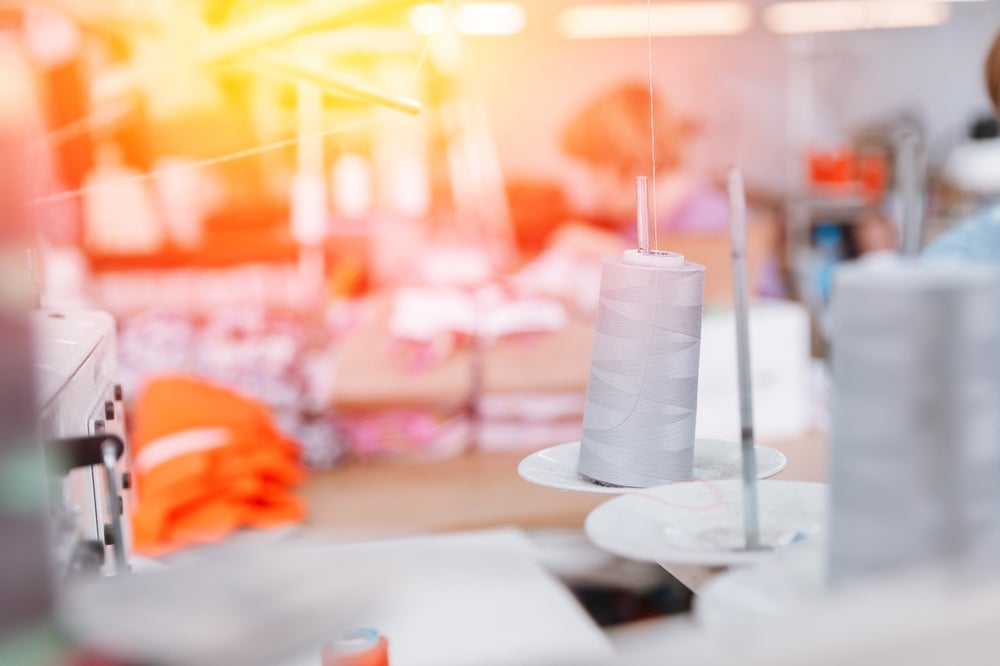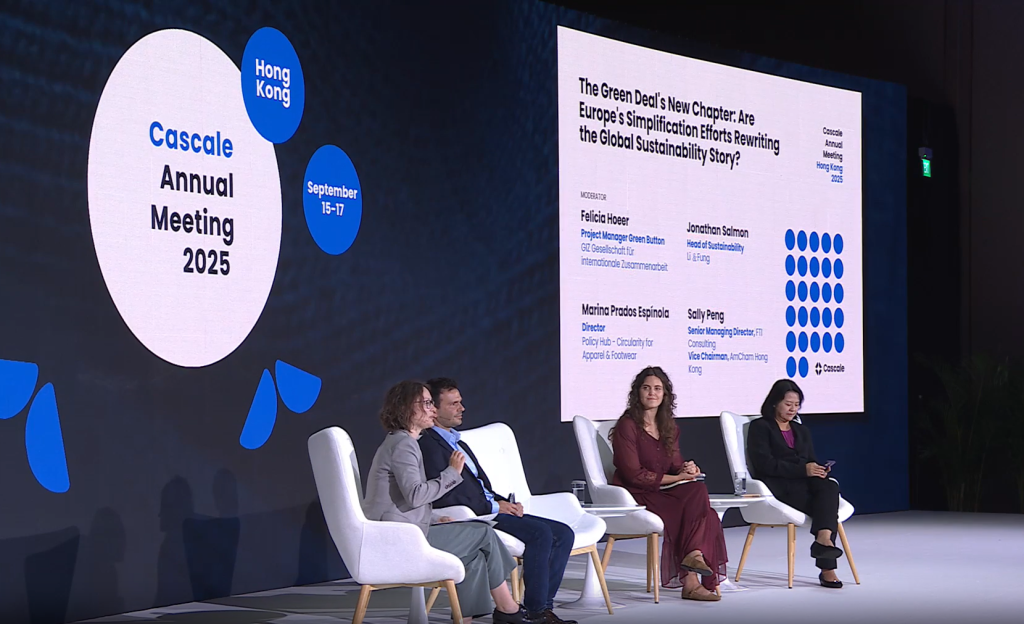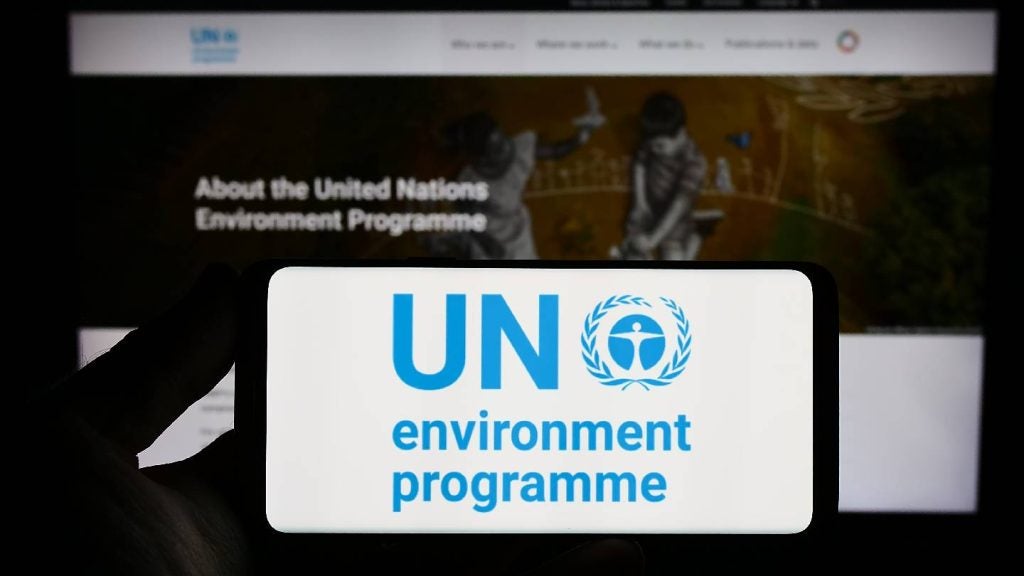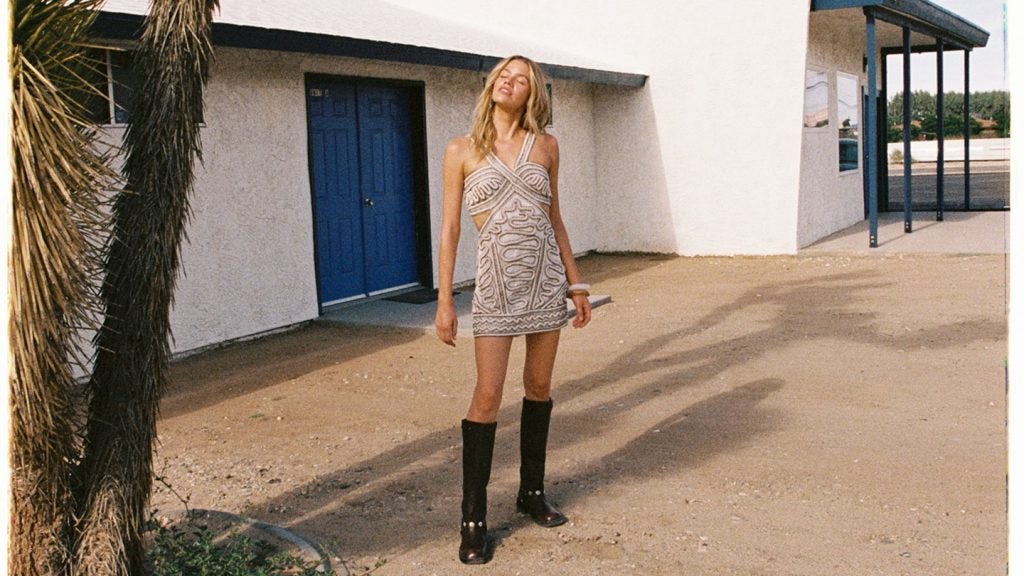Clean Clothes Campaign explains in a new report titled 'Heat and Garment Workers' Rights - Fashioning a Just Transition' that as global temperatures rise from climate change, so do the risks of illness, harassment and wage theft faced by fashion workers in factories.
It notes that workers across garment supply chains, from Indonesia to Pakistan, are already feeling the strain of rising temperatures at work, whether in factories or at home.
Clean Clothes Campaign points out that as temperatures rise, the onus doesn't just fall on fashion brands and suppliers. It states that governments also need to do their part by introducing standards on heat in the workplace and providing social security for the health and income impacts that high temperatures can have on workers.
Womens’ Center Sri Lanka's Gayani Gomes says: “Sometimes, women in factories are forced to work long hours in extreme heat, often until they faint. In workplaces with metal roofs and little to no ventilation, they are made to continue without adequate breaks. As temperatures rise, incidents of gender-based violence and harassment also increase, adding to the daily struggles and risks women face at work."
Union leader Emelia Yanti from Gabungan Serikat Buruh Indonesia adds: “We must make sure that workers don’t pay the price when factories get too hot to work by being forced to work extra hours to fulfil orders for no extra pay. Brands need to take responsibility and make workplaces safe, and adjust their orders when temperatures make it unsafe to work”.
Giuseppe Cioffo, Clean Clothes Campaign International Office, says, “Governments must take workplace heat seriously and act now to protect workers. Action includes binding standards to monitor heat in workplaces, protect workers from the threat of heat and reduce harm when temperatures make workers ill. They also need to foresee and address the impact this will have on employment in the future.”
What can fashion brands, suppliers and governments do to combat heat stress?
- Protect workers’ health and safety from heat in the workplace in a way that is worker-driven, inclusive and addresses local contexts.
- Safeguard workers’ livelihoods and protect communities from heat risk and impact:
A) Protect wages when heat disrupts production
B) Protect workers’ livelihoods when heat leads to sickness, injury or job loss
C) Worker-centred heat-adaptation plans to address socio-economic impacts of heat. - Protect and respect all human and workers’ rights regardless of temperature – paying particular attention to the rights of women, home-based workers and migrant workers.
- Mitigate climate change and environmental degradation to reduce heat risk.
Work-place heat is no longer isolated problem
Clean Clothes Campaign points out that as the climate and ecological crisis intensifies, driven in no small part by the fashion industry, work-place
heat is no longer an isolated hazard but a systemic threat.
It states: "It is deepening existing labour rights violations and creating new ones for the very workers who have contributed least to the crisis. Heat in the workplace must be recognised as a fundamental and urgent labour and human rights issue across the sector.
"Fashion’s global workforce, with high numbers of women, migrants and workers on non-standard forms of employment, faces unsafe conditions, poverty wages and the denial of basic rights. As heat intensifies, so too does the risk of exploitation, illness, harassment and income loss. Communities face widespread social upheaval and economic consequences."
Clean Clothes Campaign suggests that governments, suppliers and brands must act as a matter of urgency to reduce their contribution to climate and ecological change.
It concludes: "They must stop the repression of fashion workers’ rights and ensure their full freedom to organise, negotiate, and co-create climate adaptation strategies. They must end exploitative business practices, uphold the right to decent work in climate-vulnerable regions, and invest in social protection systems for all workers, regardless of contract type or migration status.
"Without action, garment workers are left exposed to the full force of climate breakdown, threatening their safety, livelihoods and future."













